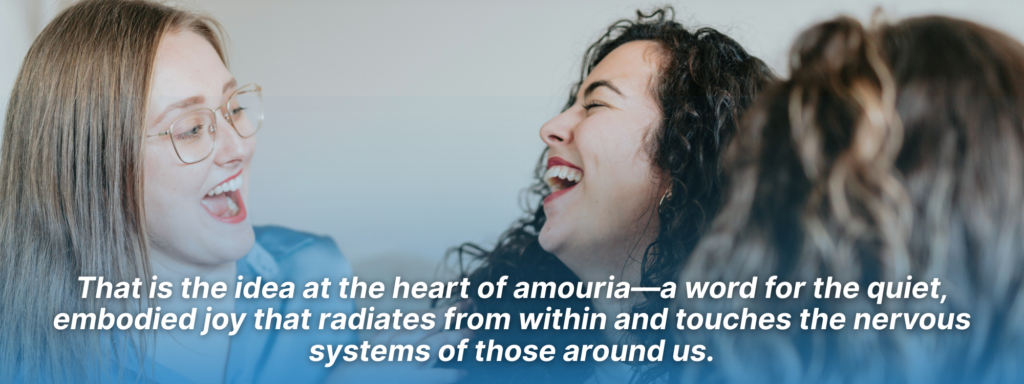It begins with something almost imperceptible. Not a grin. Not a smirk. But a sense of light behind the eyes, a subtle buoyancy in the face, a lift—barely visible—through the cheeks and into the soft palate. When Luciano Pavarotti sang, people often spoke of the warmth, ease, and generosity that poured from his voice. Technically, much of that came from breath control, muscular placement, and years of disciplined vocal conditioning. But one secret, frequently mentioned by those who trained under him or watched him up close, was this: he sang with an inner smile.
This inner smile was more than an emotional attitude. It was a physical configuration—a deliberate use of facial and oral muscles to create space in the mouth and throat, elevate the soft palate, and generate what singers call “ping” or “ring”: the resonant, bell-like quality that carries over an orchestra without a microphone. And yet, while it had a mechanical origin, the effect was unmistakably emotional. It softened the listener’s guard. It moved people. It created a sense of human intimacy across vast spaces. In that moment, Pavarotti was not just performing sound. He was transmitting feeling.
A Resonant Analogy
There is something profoundly important in this idea of the ‘inner smile’—because it crosses the boundary between what is internal and invisible, and what is expressed and received. The singer’s inner smile begins as a posture—a felt shape in the body—and ends as a reverberation in the heart of another. This is the essence of resonance: a physical act that becomes an emotional echo.
And so, we might ask: what would it mean to live with an inner smile—not just on stage, but in daily life? To walk, speak, and relate to others from a place of lifted joy, warm intent, and open-heartedness? Could the same bio-mechanical principles that help a voice resonate be mirrored in the way love, joy, and pleasure ripple through the nervous systems of those around us?
That is the idea at the heart of amouria—a word for the quiet, embodied joy that radiates from within and touches the nervous systems of those around us. It is an internal ecology of warmth, ease, and fullness—cultivated deliberately. And like the inner smile of a singer, it begins with subtle postures yet reaches outward into the world.
The Body Sings Before the Words Begin
Every singer knows that resonance isn’t magic. It’s physics and physiology. The inner smile lifts the soft palate and engages the mask area, but it also does something more profound: it creates space inside the body. That space—within the mouth, the throat, the chest—allows vibrations to bloom. A tiny shift in how the face is held can transform a closed, nasal tone into one of radiant depth.
Likewise, when we hold amouria in the body, we are shaping space—not for sound, but for connection. A lifted chest, a softened jaw, a slow, diaphragmatic breath: these invite a different kind of resonance. Not one measured in decibels, but in felt sense. When the nervous system shifts toward safety, moisture returns to the mouth, warmth to the skin, and the breath begins to flow. These are not coincidences. They are the body’s version of resonance—its way of saying, ‘All is well.’
The person standing across from you doesn’t need to know what you’re doing. They feel something different—something kind, quiet, safe. This is the embodied transmission of amouria. And it starts, just like the singer’s work, with attention to the invisible mechanics beneath expression.

Emotional Tuning
Human beings are not solo instruments. We are tuning forks. Through mirror neurons, we pick up and reflect the emotional tone of those around us.
You’ve felt this, even if you didn’t know why. That one calm person in a room of panic. That moment in a concert when everyone’s breath synchronises. That sense of ease you feel around someone who hasn’t said a word—but is somehow already listening.
When someone sings with real feeling, our bodies synchronise—not just metaphorically but neurologically. The same circuits light up in us as in them. This is why a great performance can bring a stadium to tears. It’s also why a single calm, loving person can defuse a room full of tension. They’re not just acting peaceful—they’re resonating it.
So are small smiles. So are deep frowns. So is joy. So is grief.
This is the hidden power of the inner smile when lived, not just sung. When you carry amouria as a daily inner posture—when you train yourself to inhabit love, joy, and pleasure with the same intentionality a tenor brings to his vowel shapes—you create ripples. Quiet ones, perhaps. But persistent. And deeply contagious.
Tuning the Self
To live with an inner smile is to treat the body as an instrument of resonance. This doesn’t mean walking around grinning like a fool or forcing yourself into positivity. In fact, the more performed the smile, the less it resonates. What matters is the felt sense underneath—the physical, visceral and emotional openness that gives rise to a real, if subtle, warmth behind the eyes.
In this way, amouria is not an emotion you wait for. It is a state you rehearse. You warm up into it, like a singer warms into tone. You breathe into it. You stretch your awareness toward it. And over time, it becomes muscle memory—not just for your body, but for your being.
This is why people who embody amouria seem to glow. Their faces hold softness even in stillness. Their voices have a musical cadence. Their presence soothes. Like the final note of a song, held in perfect pitch, they linger in the air after they’re gone.

Resonate The World
If we take this seriously—not as poetry but as practice—then it opens the door to a different kind of life. A different kind of leadership. A different kind of love. Because when we realise that how we hold ourselves affects how others feel in our presence, we are no longer passive agents in a chaotic emotional world. We become resonators. Regulators. Transmitters of joy.
And just like Pavarotti’s tone—achieved through subtle muscular precision and total emotional generosity—we, too, can shape our inner resonance to create real-world effects. We become tuning instruments in our families, workplaces and communities.
A body tuned to amouria is not in denial of pain or struggle. It simply holds those things in a wider chamber—like a cathedral that echoes sorrow without collapsing under it. It offers back something more: a steadiness, a sweetness, a smile that begins deep inside and makes others smile, too—often without knowing why.
And perhaps, before you close this page, you might try it. Not a grin. Not a performance. Just the sense of a smile behind the eyes. An easy breath. A soft body. A lifted soft palate. A heavy tongue. The beginning of a hum. Feel what returns.




